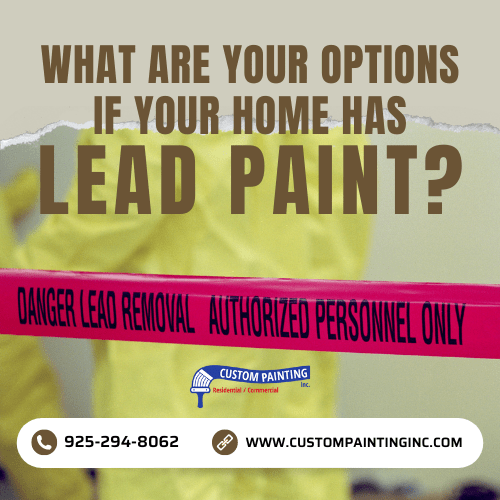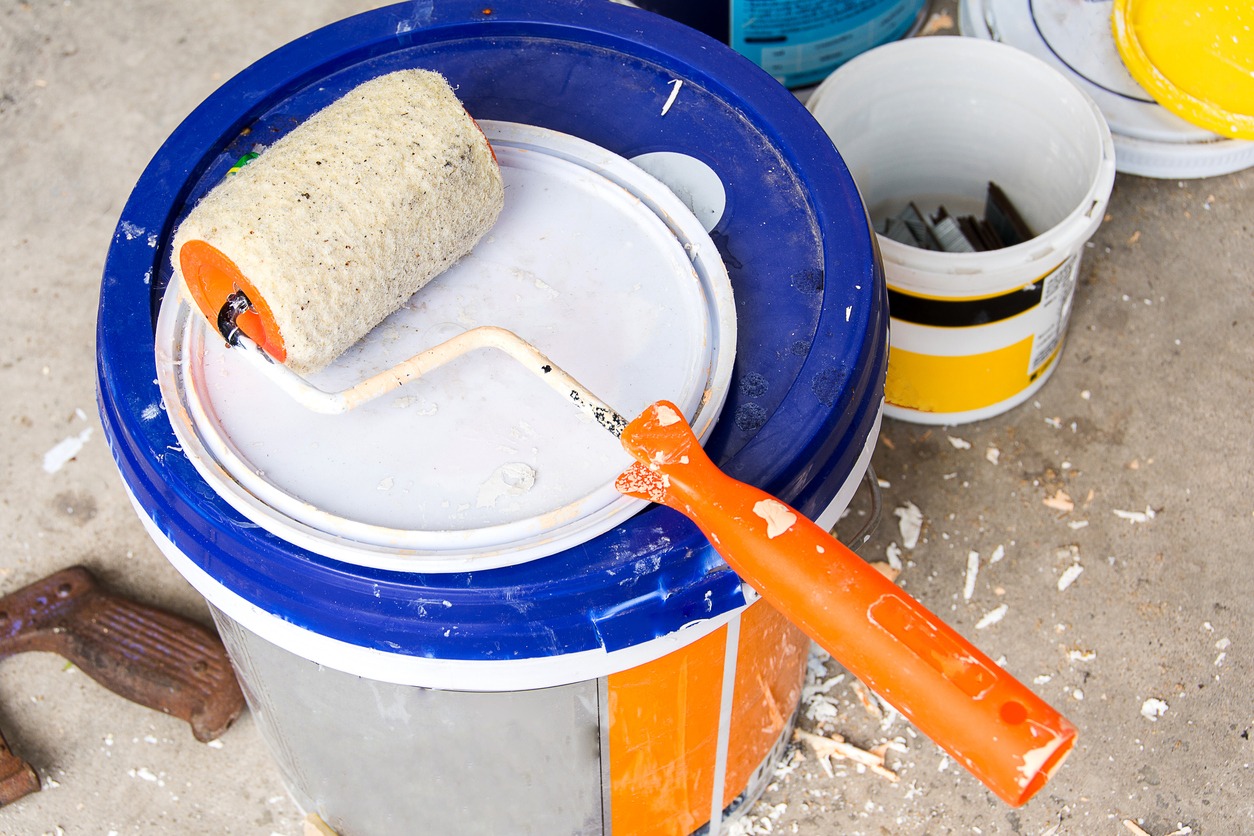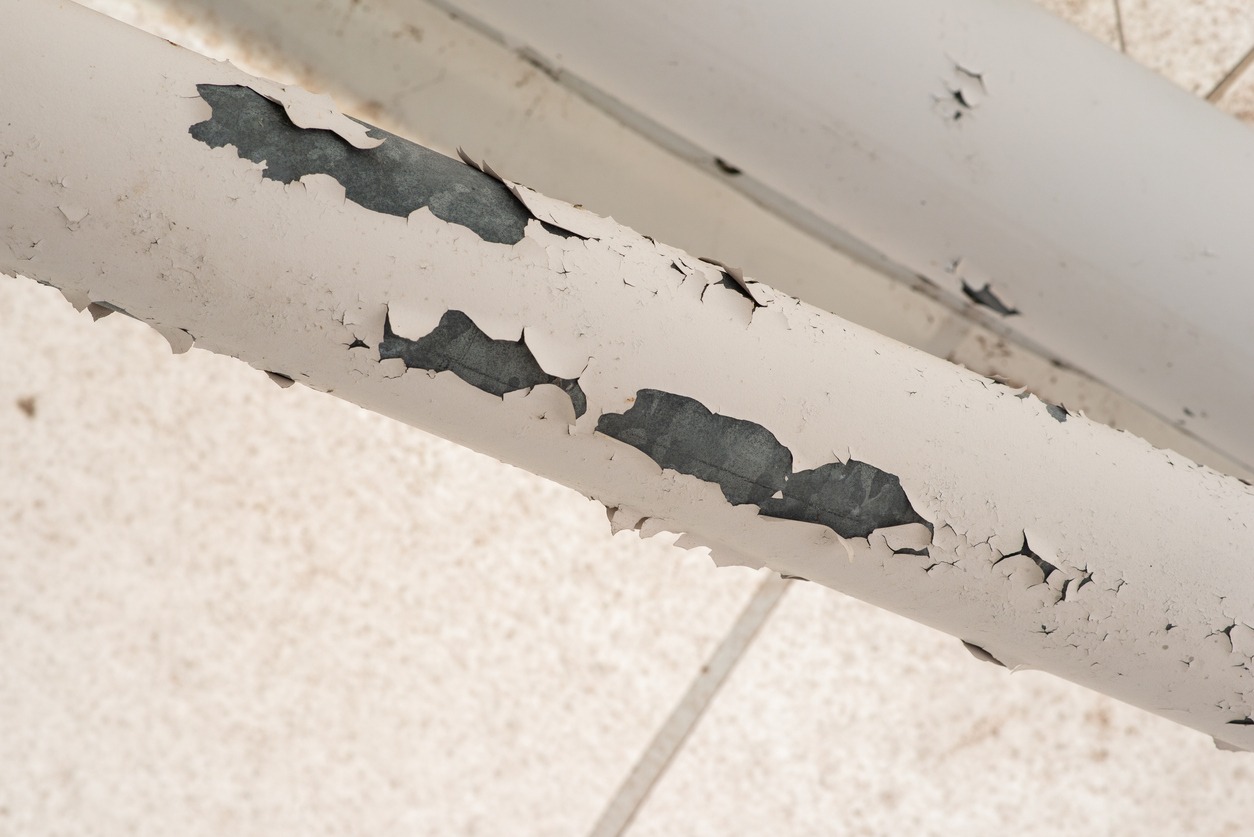Discovering lead paint in your home can be a concerning revelation, given its health risks, especially to children and pregnant women. If your house was built before 1978, the year when lead-based paints were banned in the United States, there’s a chance it might contain this hazardous material. Understanding your options for managing or removing lead paint is essential for ensuring your home is safe and healthy for your family. This article will outline the various strategies available to homeowners facing this issue, from professional abatement to safer DIY methods, helping you make informed decisions about the best course of action.
What are the Disadvantages of Lead Paint on the Walls of Your Home?
Lead paint, once commonly used in homes across the globe, is now recognized for its significant health risks. Despite being banned from residential use in the United States in 1978, many older homes still contain layers of lead paint, posing ongoing challenges for residents. Understanding the disadvantages of lead paint is crucial for homeowners to take appropriate action to safeguard their families. Here are some key drawbacks:
- Health Risks: Exposure to lead paint can lead to serious health problems. In children, lead poisoning can result in developmental delays, learning disabilities, irritability, and weight loss. Adults may experience high blood pressure, joint pain, and concentration or memory problems. The most severe cases can be life-threatening.
- Deterioration Risks: As lead paint ages, it tends to chip and crumble, becoming a dust hazard. This dust is easily inhaled or ingested by young children, who may also peel off and chew on chipped paint. Regular maintenance to keep old paint in good condition can be difficult and costly.
- Complications in Renovation: Renovating a home with lead paint requires special precautions. Ordinary renovation activities like sanding or cutting walls can release lead dust into the air, exacerbating exposure risks. Homeowners must either hire certified professionals to safely remove the lead paint or follow stringent safety measures if doing it themselves.
- Reduced Home Value: Homes known to contain lead paint may be less attractive to buyers or renters, potentially reducing the property’s value. Disclosure of lead paint during a sale is required by law, which can complicate transactions and deter potential buyers from looking for homes without such issues.
- Costly Removal: Safely removing lead paint can be expensive. Professional lead abatement can be costly, but it is necessary to ensure the lead is completely and safely removed, especially in homes where children and pregnant women live.
These disadvantages highlight the importance of addressing lead paint issues in any home. Taking proper steps to manage or remove this hazardous material is essential for ensuring a safe living environment.
What Are Your Options If Your Home Has Lead Paint?
If you discover that your home has lead paint, it’s important to consider the best course of action to minimize exposure, especially if you have young children or pregnant women in the household. Here are several viable options for managing or eliminating lead paint hazards in your home:
- Encapsulation: This involves covering the lead paint with a special liquid coating that seals the lead paint beneath a durable barrier. Encapsulation is typically less costly than removal and is effective at preventing the paint from chipping or creating dust.
- Enclosure: This method consists of covering the lead paint with new surfaces, such as installing new drywall over walls or putting new siding on exteriors. Enclosure can be a practical option, though it does not remove the lead paint and potential issues could arise if these new surfaces are removed in the future.
- Replacement: Replacing components like windows, doors, and trim work that are coated with lead paint can be an effective way to eliminate hazards while updating parts of your home. This method completely removes the risk from these elements but can be more expensive and labor-intensive.
- Removal: Professional removal of lead paint may be recommended, especially during larger renovations or if the paint is in poor condition. This method should only be performed by certified professionals who use techniques designed to safely strip lead paint and contain lead dust.
- Regular Maintenance: Maintaining painted surfaces in good condition can also help manage lead paint risks. This involves regularly checking for and repairing any chipped or deteriorating paint and cleaning dust from painted surfaces frequently.
- Do Nothing: If the lead paint is in good condition and not on surfaces that children can chew or that get a lot of wear and tear (like windows or doors), sometimes the best option is to leave it undisturbed. However, it’s crucial to regularly monitor these areas to ensure the paint does not begin to chip or deteriorate.
Each option has its advantages and considerations, and the right choice often depends on factors such as the condition and location of the lead paint, your budget, and whether the property is undergoing renovation. It’s always advisable to consult with professionals who can provide guidance based on your specific circumstances and ensure that any action taken is safe and effective.
How Do Professional Painters Remove Lead Paint
Removing lead paint is a delicate process that requires expertise and caution to prevent harmful exposure. Professional painters use a series of rigorous steps to ensure that lead paint is safely removed, adhering to strict regulations designed to protect both the environment and the health of the inhabitants. Here’s a detailed look at how professionals tackle the task of lead paint removal:
- Inspection and Testing: The first step involves determining whether lead paint is present. Professionals use specialized testing kits to detect the presence of lead on painted surfaces.
- Setting Up Containment Areas: To prevent lead dust from spreading, painters create sealed containment areas around the work zone. This involves using plastic sheeting to cover doors, windows, and vents and sealing all seams with tape.
- Using Personal Protective Equipment (PPE): Professionals wear appropriate personal protective equipment, including respirators, gloves, and disposable coveralls. This equipment protects them from inhaling or ingesting lead particles.
- Wet Methods for Paint Removal: To minimize dust, professionals often use wet methods to remove lead paint. This can include using chemical paint strippers that moisten the paint, allowing it to be scraped off more safely, or employing wet sanding techniques.
- HEPA Vacuuming: After the paint is removed, the area is cleaned using HEPA (High-Efficiency Particulate Air) vacuums, which are designed to capture fine particles of lead dust effectively, ensuring that they are not reintroduced into the air.
- Proper Disposal: All removed paint and debris, along with the used protective gear and containment sheeting, are disposed of according to hazardous waste regulations. This prevents lead-contaminated materials from causing environmental damage.
- Final Testing: Once the removal process is complete, the area is tested again for lead residue to ensure that all traces of lead paint have been effectively removed and that the space is safe for regular use.
Professional painters are trained to handle lead paint removal safely, ensuring that they mitigate any risks associated with this hazardous material. Their careful approach helps protect both the building’s occupants and the environment from the dangers of lead exposure.
Conclusion
Dealing with lead paint in your home requires careful consideration of the options available to ensure the safety and well-being of all residents. From encapsulation and enclosure to complete removal or regular maintenance, the choice depends largely on the condition of the paint, the presence of children or pregnant women in the home, and your renovation plans. For professional advice or services related to lead paint, you can rely on Custom Painting, Inc. Don’t hesitate to contact us at (925)-294-8062 or fill out our online Contact Form for more information.



